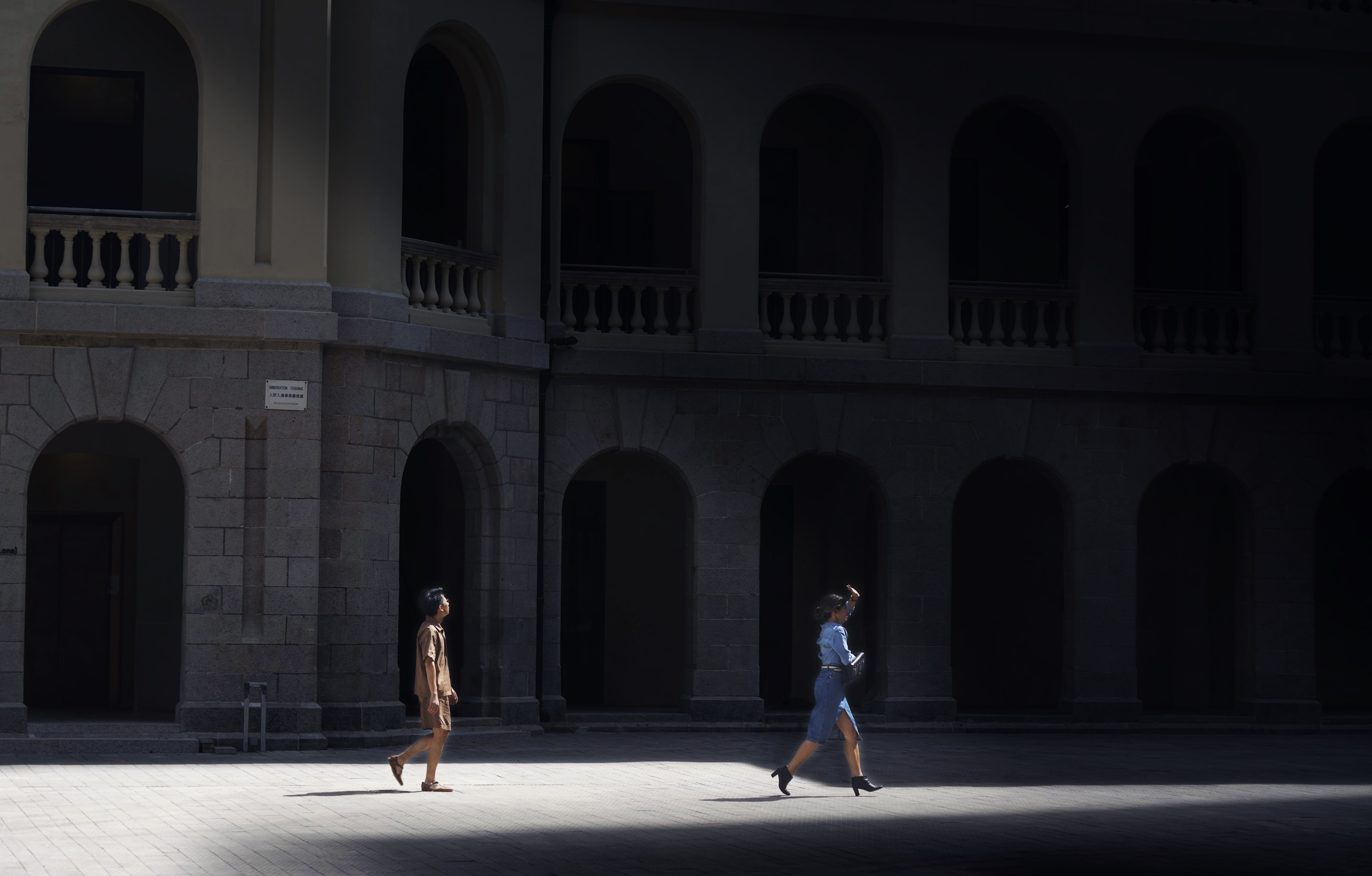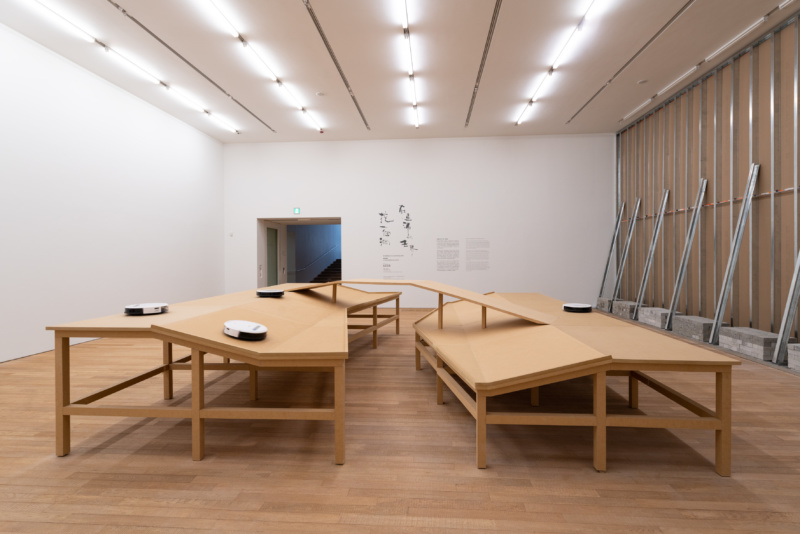
A hollow in a world too full, presented at Hong Kong’s recently opened Tai Kwun Contemporary, marks Cao Fei’s first major solo exhibition in Asia, and the first of two presentations organized by the Ullens Center for Contemporary Art in Beijing. Although the forty-year-old artist has previously debuted various projects in Hong Kong, the exhibition is an overdue homecoming, considering her stature as one of the most visionary figures working in China today. Since the early 2000s, Cao Fei has translated the daily realities of Chinese millennials into poignant videos, performances, and installations. Poetic, and at times campy in their delivery, these works reflect upon a rapidly shifting society by straddling multiple worlds simultaneously—that of East and West, the past and the present, and the real and the digital.
Curated by Philip Tinari in association with Xue Tan, A hollow in a world too full is centered on Cao Fei’s newly commissioned project Prison Architect (2018), though a smattering of prior works are also included to provide context. Prison Architect, comprising a 57-minute film and set of accompanying installations, play upon Tai Kwun’s historical legacy as a former police and prison complex which dates back to Hong Kong’s colonization by the British. Bundles of fake mangos are suspended from the Herzog and de Meuron-designed building’s ceiling, hanging in the middle of a spiraling, concrete stairwell which connects the three floors that the exhibition is spread out across. A recurring symbol for freedom throughout Cao Fei’s film, the mangos trace back to a 60-year-old fruit tree planted in the adjacent courtyard outside, itself a living remnant from the former penal facility.

After ascending the steps, viewers enter a cavernous room on the third floor, where Prison Architect is projected onto two opposing walls. The video, watched from a configuration of inhospitable prison beds, is as much an existential meditation on imprisonment, as it is a tribute to the Cantonese and Western pop cultures that have deeply influenced the artist. Set to a soundtrack that includes Elvis’s “Jailhouse Rock” alongside a traditional folk song native to the Guangdong region, the film follows two primary characters: a present-day architect who has been tasked with designing a prison, and a 1960s-era poet who has been jailed for inciting political protest through his writing. The duo navigates Tai Kwun’s labyrinth of rooms, corridors and courtyards, while contemplating the various implications of incarceration. Their movements unfold through scenes that feel both expansive and intimate, each brilliantly composed by Wong Kar-wai’s regular cinematographer Pung-Leung Kwan.
Although the architect and the poet are abstractly separated by time, their words and movements invoke the presence of the other. Cao Fei avoids predictable tropes by weaving together two intricately distinct stories. The architect is in a position of privilege, yet she appears as stifled by the confines of her luxury apartment and surrounding cityscape, as the prisoner is in his cell. In one of the film’s most moving scenes, the prisoner—temporarily freed from the penitentiary--encounters three performers, masked with white face paint, dancing in an emptied exhibition hall. Intrigue quickly turns into panic, as the trio begins to circle around the prisoner. Overwhelmed by their manic movements, he sprints back into his cell and willingly closes the gate behind him. Through words laden with meaning, Prison Architect asks questions that, though perhaps more comforting left unanswered, are certainly profound: Are there parallels between a cultural institution and a prison? Is freedom merely a grand illusion in life, perpetually out of reach?




